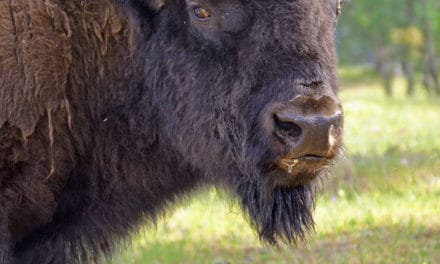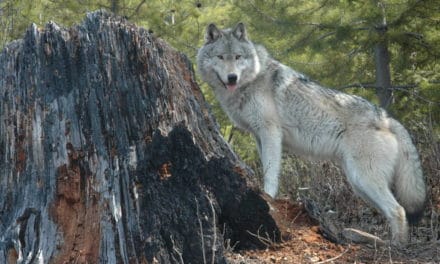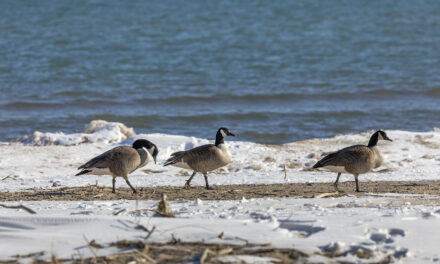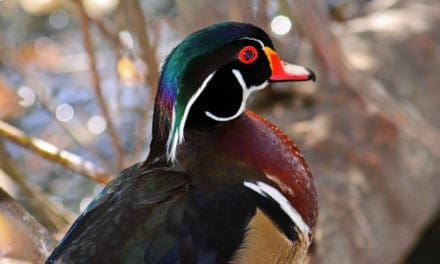By Melissa Wynn
Watching a flock of Canada Geese cross the sky in their distinctive “V” pattern is a major sign that winter is returning to Mountain Valley Living territory. Their unique honking call bids a fond farewell to our high mountain lakes, ponds and meadows as they head south to the warmer climates of their valley wintering grounds. Some populations do not migrate if they have a stable food supply and a suitable year round climate. Parks, golf courses and farm lands are often very inviting to these opportunistic and sometimes bothersome flocks of feathered friends.
These beautiful birds come in a variety of sub-species distinguished mostly by size. The smallest are about the size of the average duck with the largest having a wingspan of more than three feet. All majestic Canada Geese have a tannish grey mottled body with a black head and neck and white rump. White patches stretching across the cheeks and down the chin like a strap help easily define these arial experts from a distance. Their black bill has lamellae, or teeth, around the outer edges that are used to cut grasses and other grain plants that make up most of the Canada Goose diet.
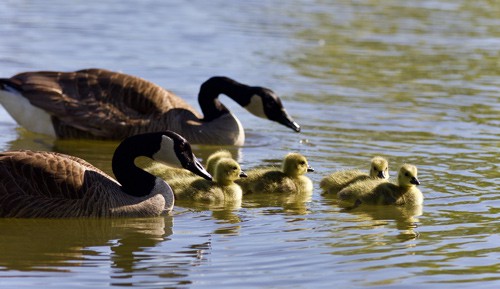
Canada Geese breed in the Spring between March and June beginning in their second year. Couples mate for life and remain monogamous. They build their nests of grasses and twigs on the ground near water and line it with soft down that the mother plucks from her breast. The female lays between two and nine white eggs that she will sit and incubate while her mate guards and defends the nest. Both parents can be very aggressive while nesting and will hiss, chase, bite and even beat intruders with their wings. Eggs hatch in about four weeks and the goslings are covered with fuzzy yellow down and fully capable of walking, swimming and finding their own food. During this warmer time of year the adults molt, or lose, their flight feathers which grow back fully about the same time that the goslings fully fledge and learn to fly. In six to nine weeks the entire family is then able to migrate south for the winter.
Many hunt the Canada Goose and enjoy it on the Thanksgiving dinner table. The hunting season in California begins in early October and lasts through late January. Visit https://www.wildlife.ca.gov/hunting/waterfowl for area and season details as well as take limits and licensing requirements and regulations.

